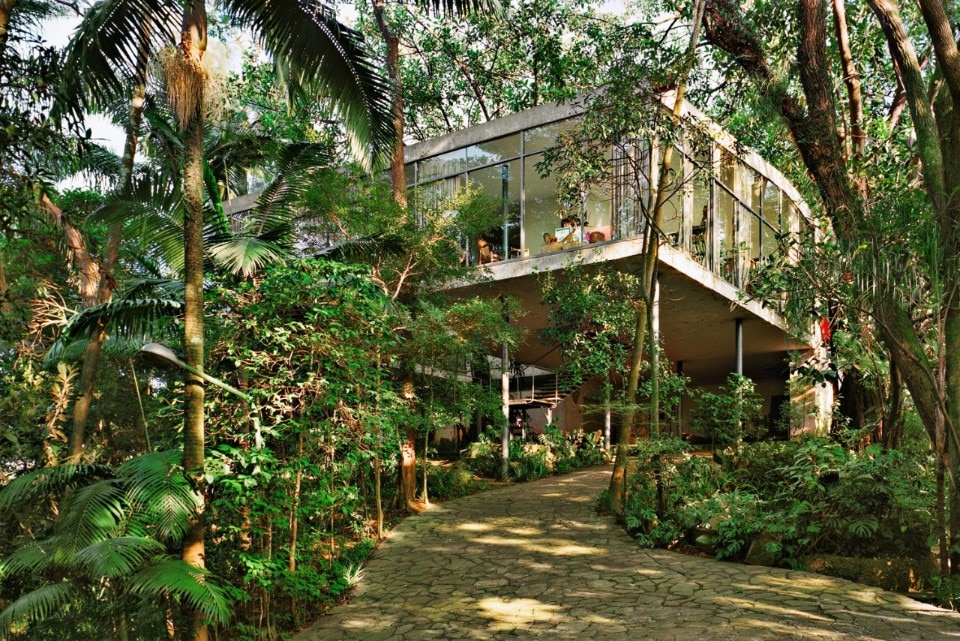The Casa de Vidro, the Glass House, is nestled in a small jungle. Lina Bo Bardi worked on it with dedication, planting all the trees herself throughout the decades she spent there together with her husband Pietro Maria Bardi. In the middle of the last century, after its completion, the house overlooked a completely different landscape made of chácara and small farms on the outskirts of São Paulo. Compared to the 1953 photos with which Gio Ponti accompanied his presentation of the Project “Lina Bo, a very intelligent woman who worked in Milan” on Domus, the difference is striking.
The vegetation has grown into a dense and enveloping blanket that surrounds and overlooks the house, protecting it from a city that now counts 12 million of people, making it the most populated city of the entire American continent. It doesn’t fit the rest of its surroundings. The house is also located just a little over a kilometer from the entrance of Paraisópolis, the “Paradise city,” one of the biggest favelas of São Paulo; here, in a chaotic jumble of houses poorly connected to the sewerage system, it is estimated that 100 thousand people live among bricks and concrete in an area no larger than a square kilometer.
The Square activates once again the Casa de Vidro
Lina Bo Bardi is a symbol to Brazilian people, an icon, a national treasure. Just like her house. And it right here that Bottega Veneta, celebrating ten years in Brazil, chose to set its new episode of The Square, the travelling cultural format that the fashion brand has already brought to Dubai and Tokyo under the creative direction of Matthieu Blazy (he explains that “the Glass House is my favorite place is São Paulo”).
“She sets a direction to everything I have” – through this quote Mari Stockler, curator of the The Square São Paulo, explains “how exceptional” Lina Bo Bardi was. Stockler was a little girl when she first saw Bo Bardi: it was in 1968 at the inauguration of the Masp, the incredible museum of art that rises up on the Avenida Paulista, one of Bo Bardi’s great public intervention in the city – the other one being the Sesc, the gigantic leisure and cultural center. “I still remember the color of the concrete, the glass, the stairs. That would forever be my place.”
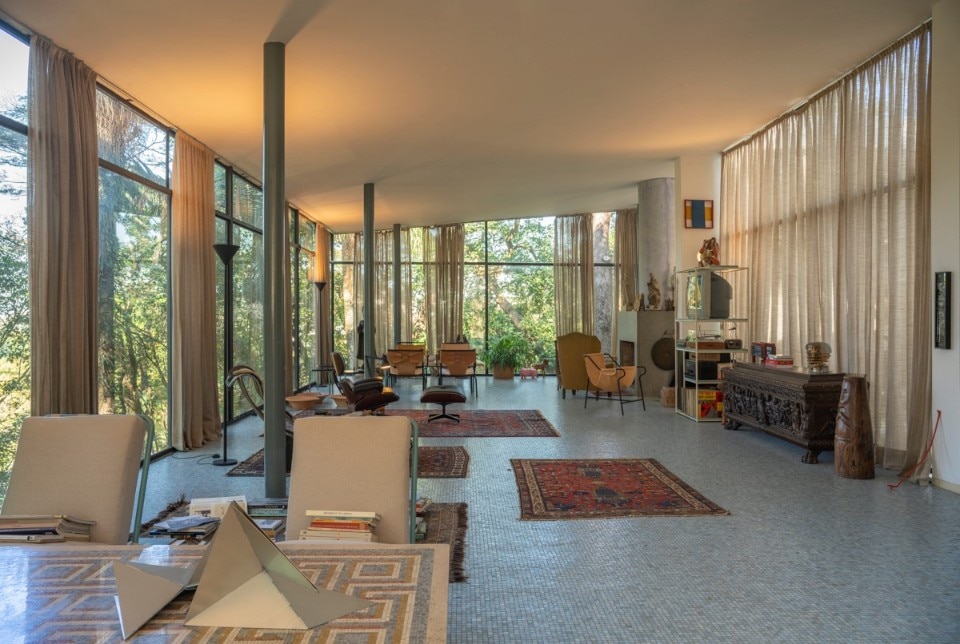
A scale model of the Masp, an almost impressionist study that has nothing to do with the obsessive precision of the architectural models we are now used to, is placed on a carved trunk in the living room, next to an old tv that plays Lina Bo Bardi’s grainy interviews recorded on a VHS on repeat.
For Lina Bo Bardi, an architecture is ‘created’, made up from scratch” by every human being that traverses it.
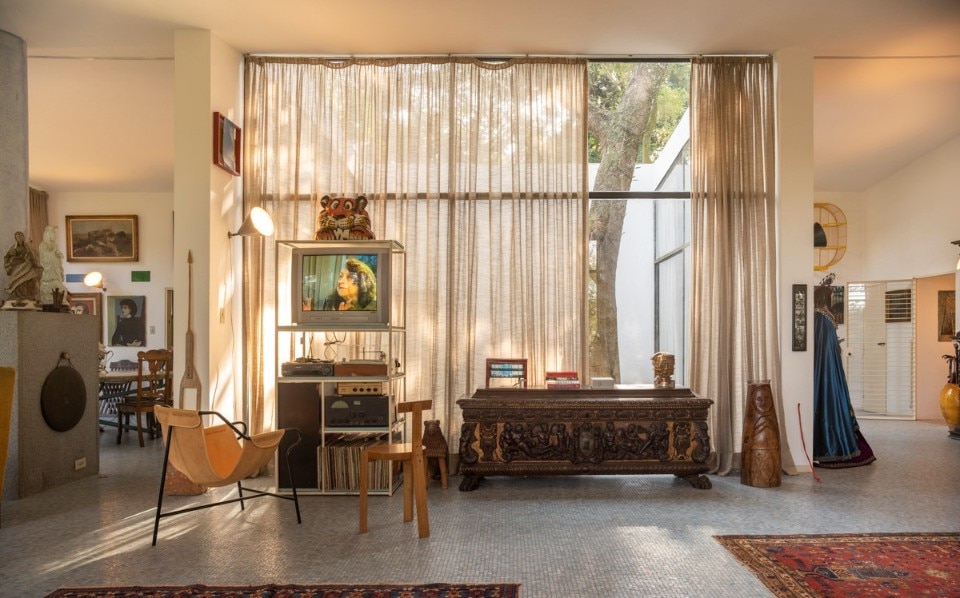
It’s one of the many objects of the collection of the house, today home to the Instituto Lina Bo e P.M. Mardi. One next to the other and without any hierarchy, there are Italian paintings from the Renaissance and pieces of Brazilian craftsmanship, crucifixes and Buddhas and Amazonian statues, Lady Marys next to books on modern architecture and the chairs designed by Bo Bardi herself. Mari Stockler explains that “For Lina, ‘pop culture’ was culture and not mere curiosity or a folk fetish.” And as if to come full circle, during the 11 days of The Square, this context is the setting for works of art from all over Brazil – visual, audio, VR pieces – which were organized into four themed itineraries that follow Lina Bo Bardi’s lesson, from the concept of a non-linear time to the roots of Bossa Nova.
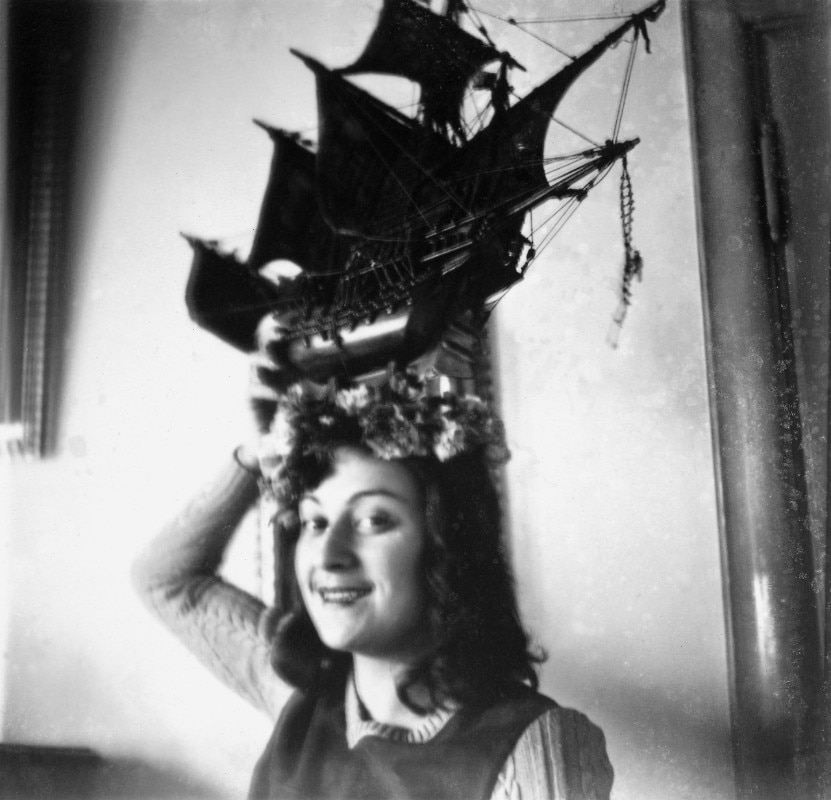
The audio installation by Vivian Caccuri echoes in the hallway in front of the bathrooms, while at the beginning of the entrance staircase that leads into the house, visitors wear a headset to experience a 3D movie by Estavão Ciavatta; in Lina Bo Bardi’s bedroom, which was used by her sister after Bo Barid’s death, visitors listen to the voice of the actress Fernanda Montenegro, the first Latin American to be nominated as Best Actress at the Oscars, as they admire Helio Melo’s work inspired by the Amazon Rainforest. A succession of sculptures by Cristiano Lenhardt decorate the kitchen spaces, while works by various artists are seamlessly placed in the living room area, among the books and the seats designed by Lina Bo Bardi.
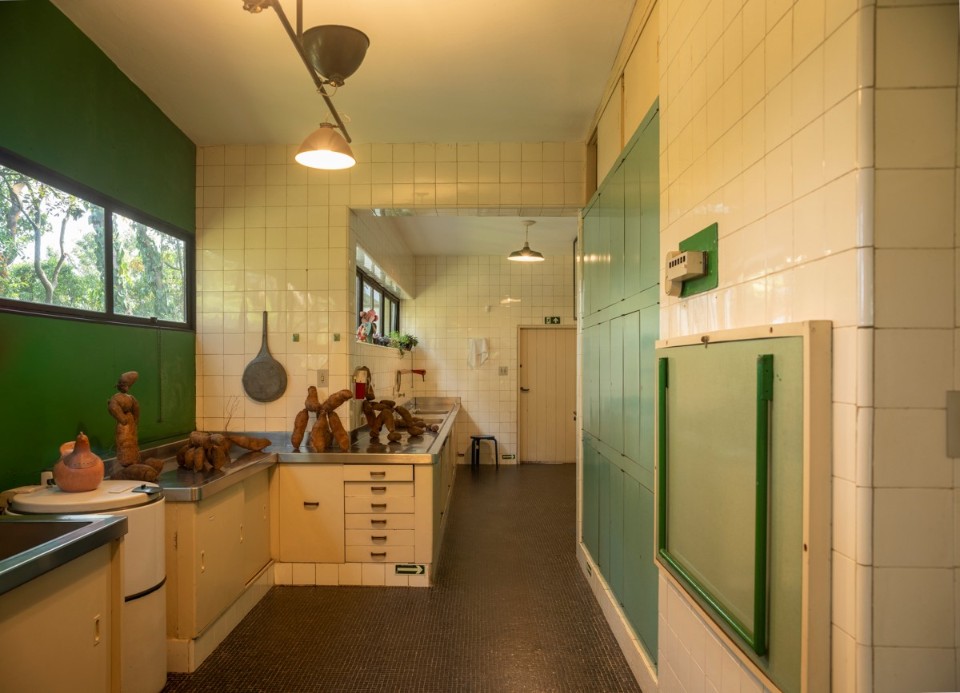
Lina Bo Bardi and Brazil
Retracing Lina Bo Bardi’s life, a splendid restlessness emerges from her figure. Activist in the Italian Communist Party, married to one of the Fascism’s leading intellectuals, collaborator of Domus, and founder of Habitat, she came from Modernism but experimented while in Brazil with a hybridization between craftmanship and local materials – examples of this are the 1948 leather chair supported by three metal tubes and the Bola de Latão Lounge Armchair of a few years later. Apparently, she went to Latin America with the idea of staying just for a few months, as a mission for Bottoni’s Triennale, the famous T8, and ended up staying in São Paulo.
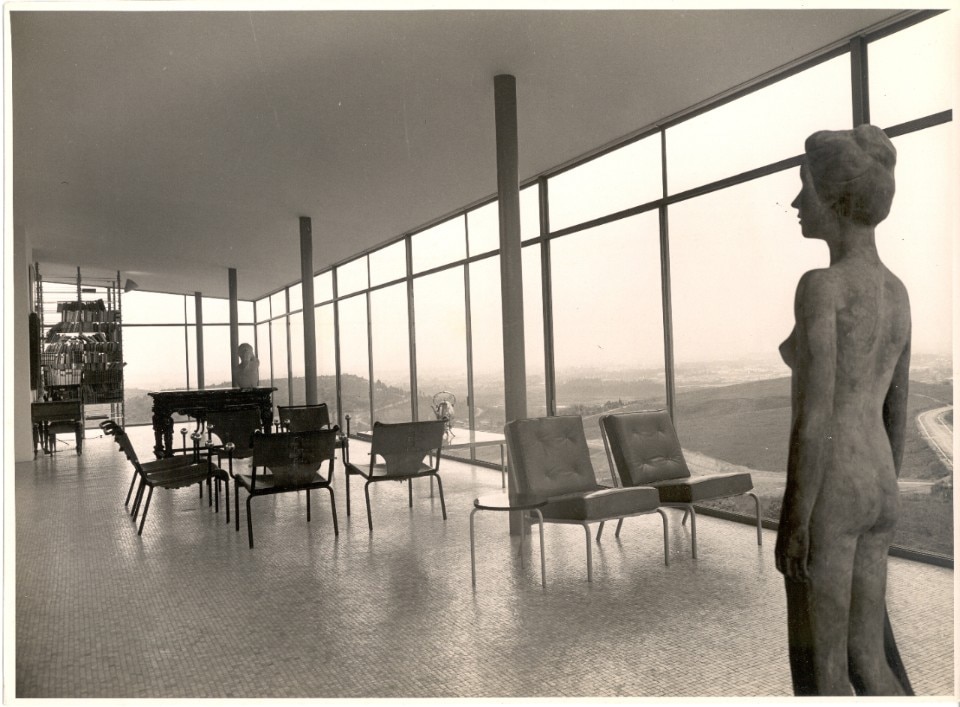
At the end of the 1950s, she embarked on an exploration mission and “found her destiny in the north of the country,” explains Mari Stockler. In Bahia, she came in contact with the local craftmanship, “a craftmanship as important as Alvar Aalto’s or that of Japanese traditions,” and with an avant-garde cultural scene coming from cinema, music, theater. She then devoted herself to theater and scenography for a long phase thereafter that goes from the golpe (1964) to the 1970s, when she went back to designing the monumental Sesc Fabrica Pompéia.
For Lina, ‘pop culture’ was culture and not mere curiosity or a folk fetish.
Mari Stockler
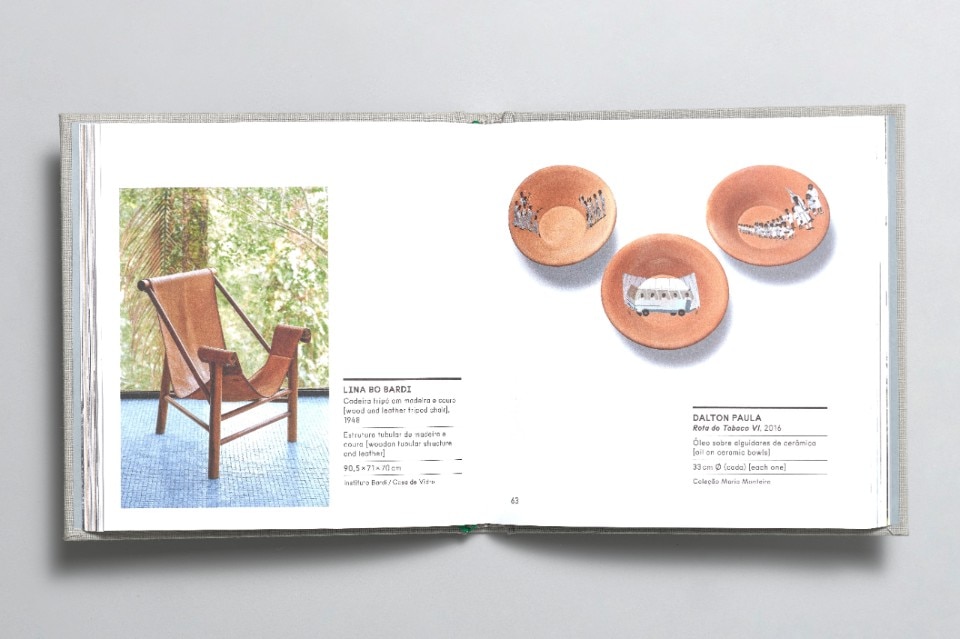
For Lina Bo Bardi, an architecture is “created, made up from scratch” by every human being that traverses it. And the house that looked at Brazil was filled with Brazil, not only for its guests, Oscar Niemeyer and Dulce Maia, Gilberto Gil and Caetano Veloso, who here met with Gio Ponti and John Cage, Saul Steinberg and Alexander Calder for lunches and soirées carefully organized by the host, eating Italian pizzas made in two specially build ovens; but especially for the Brazilian objects that Bo Bardi collected next to Italian pieces and for the characters of the local traditions which she added little by little in her creations like the 1987 Banco Girafa, designed with Marcelo, Ferraz and Suzuki, which is still today the chair you sit on when drinking a coffee at the Masp cafè.

When she designed the headquarter of the São Paulo Museum of Art, Lina Bo Bardi brough the experimental experience of her house to a larger scale, where “in the transparent room, that opened up to the trees that grew in the park, works of art, furniture, and objects from different time periods coexisted in a spatial and temporal continuum,” explains Renato Anelli, curator of the Instituto Lina Bo e P.M. Bardi: the museum “was an educational project fighting for a space of action in the industrial process in Brazil, led by the city of São Paulo.” If today’s big-names projects often seem to be a management and marketing operation, the completely unforeseen trajectory of Lina Bo Bardi seems to emerge from an entirely different orbit. Especially the grounding of her curiosity, of her restlessness, of her openness.
Lina Bo Bardi’s Legacy
The Glass House, this observation deck into Brazil, with a transparent façade but made up of narrow hallways and small rooms and hideouts in the back, is almost a metaphor of those who want to observe and then be able to hide, and it has never been an end point for Bo Bardi, even if it probably is her most famous architecture. It’s a phase. The architect even wrote to her husband during a trip to Italy, “Today, I will never design such a house.” It was 1956, not even five years after the Casa de Vidro had been completed: for Bo Bardi, that house was the symbol of something she didn’t believe in anymore, “the idea of infinite progress.” At that time, she had already left Europe behind.
In the transparent room, that opened up to the trees that grew in the park, works of art, furniture, and objects from different time periods coexisted in a spatial and temporal continuum.
Renato Anelli
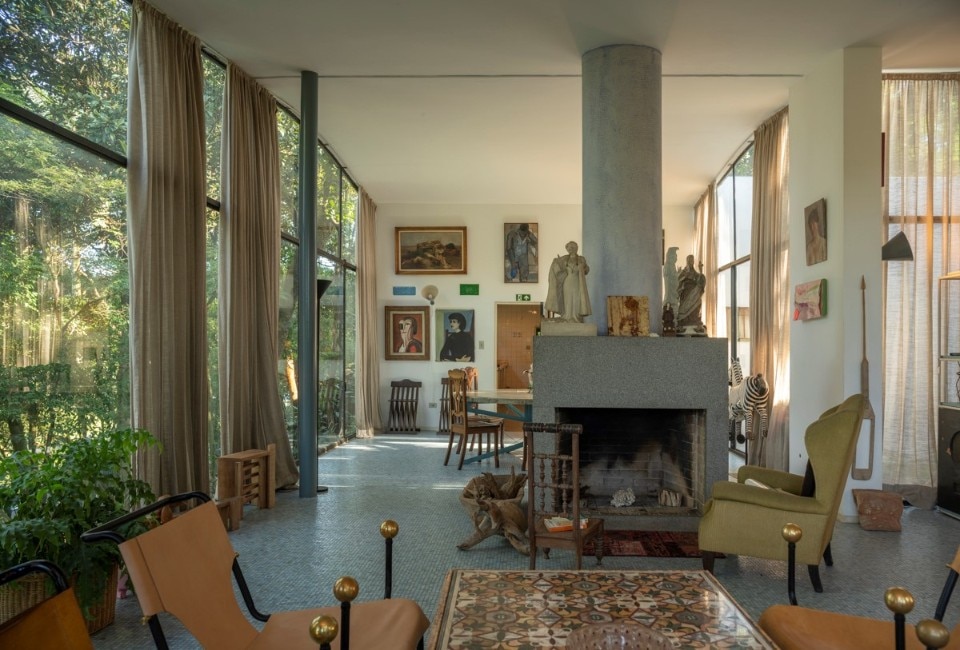
On the opening day of The Square, the opportunities for meetings with artists and curators in the rooms of the house and the backyard exalted the immense legacy that Lina Bo Bardi left, elevating her to a timeless and at the same time future symbol of Brazil. Lina the environmentalist, Lina the inclusive, Lina the Brazilian. Lina, Lina, Lina. An art event that merges with her memorial. And her house? It’s a place designed for the coexistence of different elements, but also a space of ghosts, a sequence of rooms where to find the monsters we keep within (“a typically Brazilian intellectual activity”), and at the same time a powerful spot where to extend one’s imagination, and, again, a park where nature is recreated and preserved.
For the event promoted by Bottega Veneta, to celebrate its ten years in Brazil, the long condemned Casa de Vidro was reopened in 2021 and is now back to being a utopian receptacle of “infinite progress,” the dream that Lina Bo Bardi had given up on with the intent to leave behind the intellectual burden of a certain European and Eurocentric vision from which we are now all fleeing from, whether we are aware of it or not. After all, order and progress are the two words inscribed in all Brazilian flags. The flags of the country she had chosen. And the country that chose her and made her its own irreplaceable representative.


